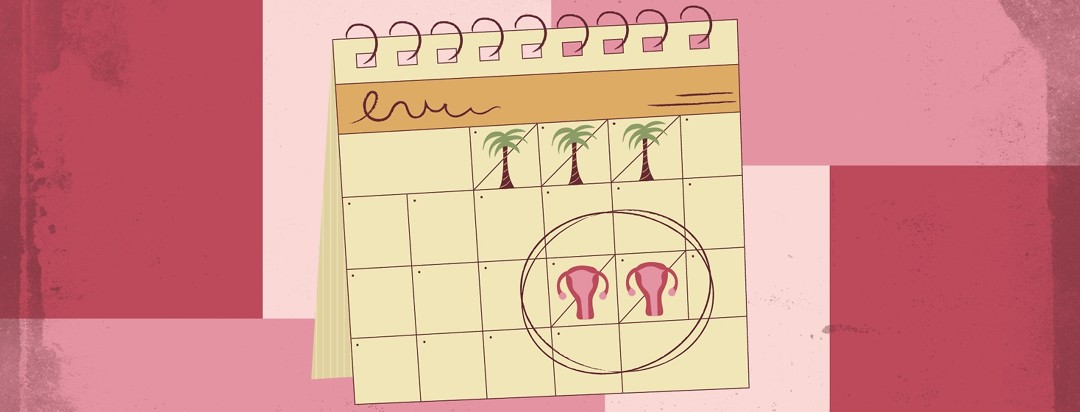Could Menstrual Leave be Helpful for Endometriosis?
You may have heard about menstrual leave in the media. Most recently, an Indian company (Zomato) gained some press from giving menstruating employees 10 days off per year.1 Menstrual leave is a policy that gives menstruators time off to take care of themselves when experiencing difficult menstrual symptoms. There are some countries that have national menstrual leave policies, and there are some companies that take in upon themselves to offer these benefits.
How can menstrual leave help us?
When I think of menstrual leave policy, I think about how much this could potentially benefit those with endometriosis who can suffer from significant impairment around menstruation. In some countries, paid sick days are guaranteed, but in the U.S., there are no federal regulations for paid sick leave. As a result, many employees have to take unpaid days off if they can afford it. However, the jobs without paid sick time tend to be the jobs that are lower paying to begin with. The lack of regulations and support for paid time off is particularly problematic for people who experience chronic illness. For some, no paid sick time can prevent secure employment, or result in significant economic disparities. Chronically ill populations are already burdened financially because of medical treatments. In fact, not only does chronic illness affect socioeconomic status, but SES is also a risk factor for chronic illness.2
Given the lack of federal regulations for paid sick time, it should come to no surprise that the U.S. also does not have a federal policy for menstrual leave. Perhaps menstrual leave could alleviate some of the burden of endometriosis symptoms if we were able to take that time off without cutting into sick days. It would be reassuring to know that each month a day was there to support our physical needs and allow us to be well.
Are there reasons to be cautious about menstrual leave?
At the same time, there is a need to understand whether or not menstrual leave policies could actually negatively impact menstruators. Currently, there is a lack of statistical research on the effects of the policy, either positive or negative.3 For example, do we know whether menstrual leave actually improves the health and well-being of menstruators? Does it make menstruators more productive employees or does it impede company productivity? Does it reduce or worsen menstrual stigma? Does it have the potential to increase workplace discrimination or hostility towards menstruators? For example, is there an effect of these policies on the hiring of menstruators or the salaries offered?
In one study, my colleagues and I examined U.S. participants’ attitudes toward menstrual leave.4Although almost half of the participants said they would support menstrual leave in the U.S., just about half also said they anticipated negative effects of the policy. Some of the negative effects participants anticipated were the unfairness to non-menstruators, the potential impact on the workplace, discrimination against menstruators, and many thought the policy would be viewed as unnecessary. We concluded that perhaps some of the benefits of menstrual leave could be achieved in other ways while avoiding some of the potential negative effects. For example, offering workplace flexibility such as working from home, having alternate responsibilities during menstruation, or a wellness room could also achieve these goals.
What are your thoughts about menstrual leave? Is this a policy that you would benefit from? Does this opportunity exist in your workplace?

Join the conversation